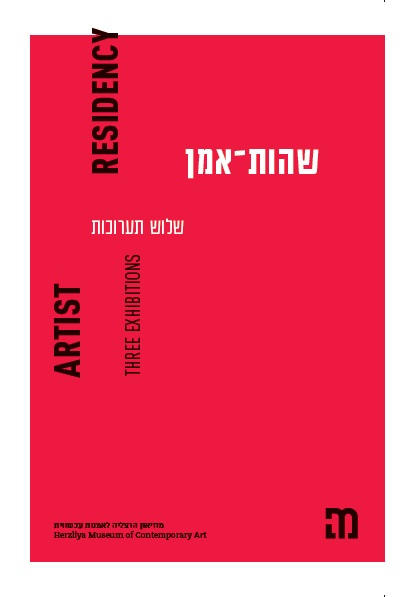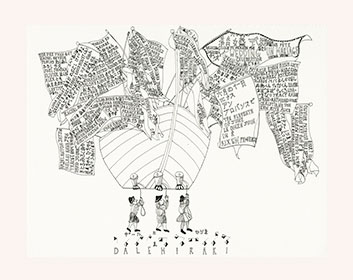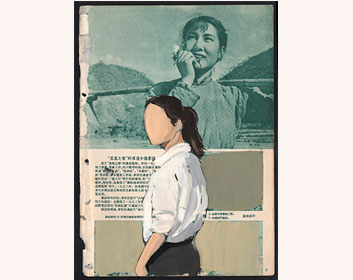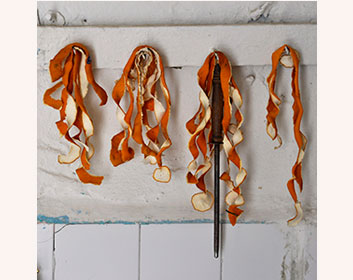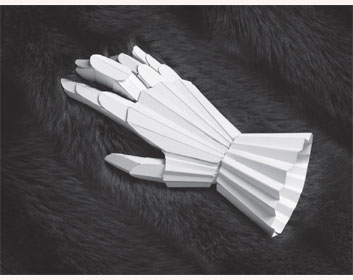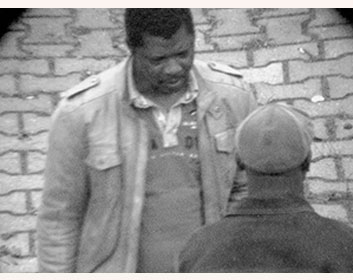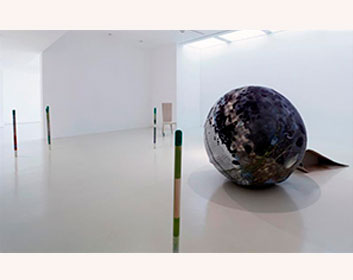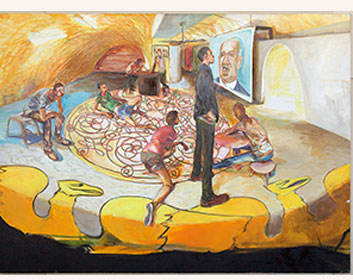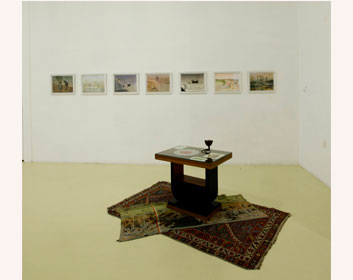-
Temporary Relocation
In the past decade, art residency programs have become increasingly popular. A myriad of special programs for artists and curators are available all around the world. Residency programs offer a dual experience – which may be highly productive – of wandering and detachment from one’s familiar routines coupled with temporary reestablishment of new work routines in unfamiliar settings while becoming intimately acquainted with another place and culture. The twelve artists featured
read more >> -
The Gift
Classical anthropologists, such as Marcel Mauss, have studied the notion of the gift as an aesthetic, religious, economic and political phenomenon that is central to exchange between groups and serves to increase not only material and spiritual wealth and alliances, but most importantly, social solidarity. Each of the four Jerusalem Center for the Visual Arts (JCVA)2 artists-in-residence featured in this exhibition independently focused on the gift element inherent to their residency experience.
read more >> -
Gideon Rubin
Signs of transitions and temporary residences in foreign places are an essential element in Gideon Rubin’s work. His biography is filled with transitions between different places and cultures. Born and raised in Israel, he studied in New York and London and currently lives in England with his Chinese-born wife, Silia. Rubin’s solo exhibition features two extensive series of works produced in 2014 during two artist residencies: Outset’s Bialik Residency in Tel Aviv and the Da
read more >> -
Artist Residency
The Herzliya Museum of Contemporary Art’s galleries are currently dedicated to an exploration of the notion of art residency. The prevalence of art residency programs in the last decade has made them a central phenomenon on the contemporary global art scene and an integral part of the contemporary artist’s life. This calls for reflection on them as cultural markers of the age of globalization and on their underlying mechanisms and characteristics. One may enquire in what
read more >> -
Rafram Chaddad
Rafram Chaddad is a nomadic artist who travels between Israel, Tunisia, and Europe. His varied artistic output includes sculpture, photography, writing, and community engagement. Chaddad uses perishable materials and engages with sustainability and local traditions to connect people, explore his own roots, and preserve his family heritage. During his artist residency in Düsseldorf, he made an ink drawing based on the ex libris of his family’s old printing house on Djerba Island in Tunisia.
read more >> -
Angela Fette
Angela Fette is a painter, poet and performance artist. She is known for her idiosyncratic combinations of readings and rituals in proto-avant-garde costumes, masks, and hat designs, close in spirit to the interdisciplinary approach of Bauhaus and to Oskar Schlemmer’s dances. In her wide variety of art works she assumes the role of a meta-artist, pursuing the position and implications assigned to the “artist” by society. Fette is part of the artist duo Weisser Westen (White West).
read more >> -
Uri Gershuni
Uri Gershuni’s presentation, “In the Court of the White Lady,” features three photographic series created during his residency in Düsseldorf. Each diptych in the series “The White Lady” is composed of a photograph showing the German laundry detergent factory Henkel and a copy of that photograph after it had been laundered. The White Lady, created in 1922, was the advertising image of the factory’s Persil detergent, associating cleanliness with spotless family values.
read more >> -
Nir Harel
Nir Harel’s work straddles art, design, and applied art. He creates installations and objects using 3D modeling software, which allows him to position objects in a space and simulate their optical and sensuous perception. Harel’s installation Balls of the Law uses the museum gallery as a game board on which to explore the representational and compositional modes of the objects scattered around it. The various pieces are realized only through play that involves space, volume and movement.
read more >> -
Alma Itzhaky
Alma Itzhaky’s figures are rooted in the Israeli social and political reality. She depicts fictional ordinary situations, which are “animated” by a figurative, expressively tactile painting style. This is particularly notable in the group of works “Glaring,” in which faces offer themselves up to the viewer’s gaze while staring back defiantly. By frontally facing the viewers they involve them as collaborators and witnesses, as is evident in the painting Gaza War Prisoners. The act of
read more >> -
Christoph Knecht
Christoph Knecht’s exhibition displays can be traced back to the courtly tradition of cabinets of wonder. Collecting odd objects all over the world, he either implants transformed versions of them or integrates them as they are into his works. His current project also includes pieces from the Herzliya Museum of Contemporary Art’s collection. In addition to diverse cultural codes, Knecht takes possession of traditional production processes, such as work in ceramics, bronze or etching. At
read more >>
